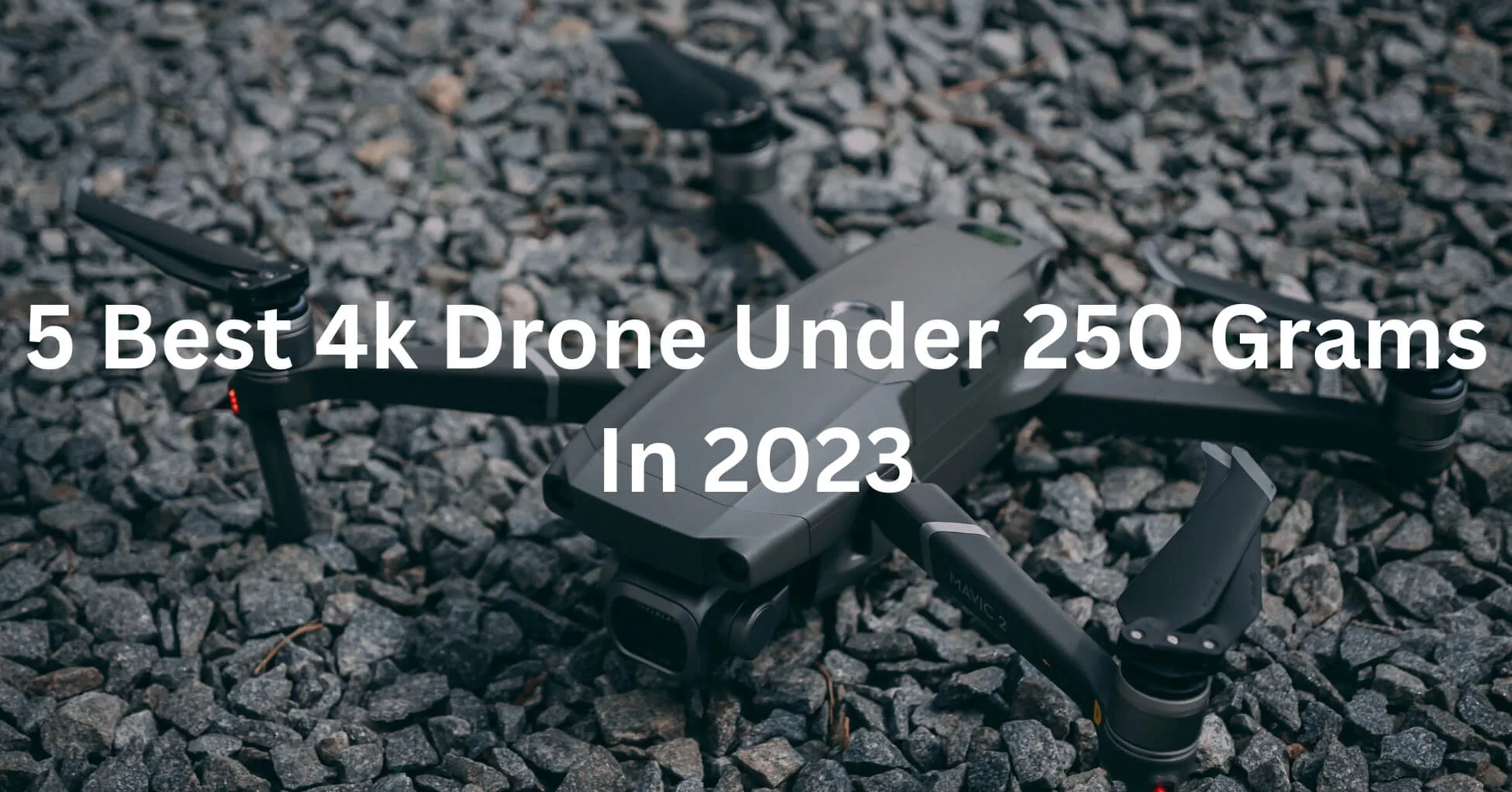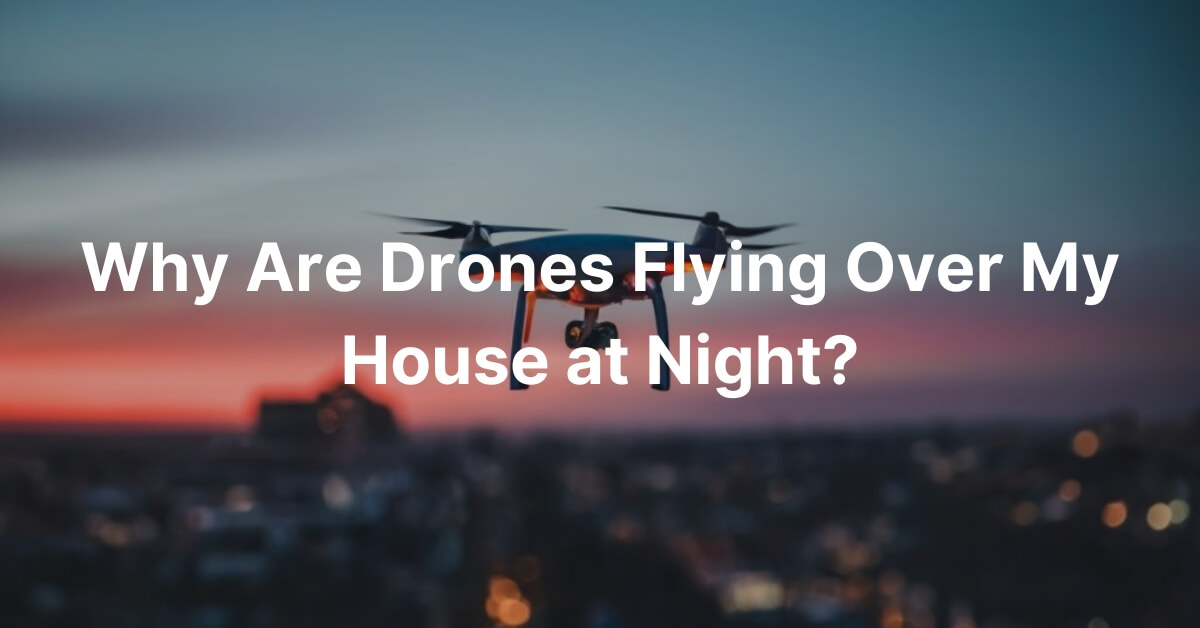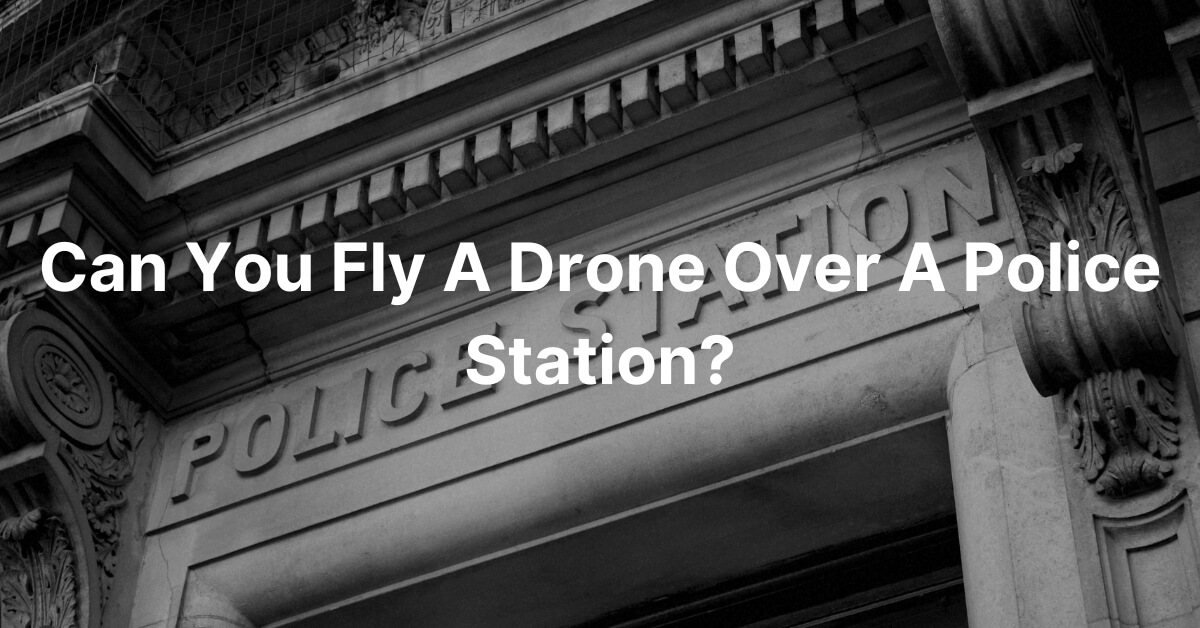

Flying a drone may seem like child’s play, but it requires a unique set of skills that can be harder to master than one might imagine.
So, if you’re a new drone pilot and want to know how hard is it to fly a drone? If yes?
Then In this article, we will explore beginner drone pilots overcome challenges, clarify common myths, and provide valuable tips to improve their skills.
How hard is it to fly a drone?
Flying a drone may seem easy like a child could do. But take your time with how simple the controls look. Learning how to fly these unmanned machines can take much work.
Imagine controlling a flying machine from the ground and moving it through obstacles precisely.
First, it’s essential to understand the basics of flight dynamics. When you use a drone, there are things like thrust, lift, drag, and weight that you need to think about.
Learning how these forces work together and impact your aircraft’s movements takes time and practice.
In addition, moving around in different places requires being able to make fast decisions. Some things can get in the way of your drone, like trees, buildings, or strong wind gusts.
These things can make your drone lose its balance very quickly. Keeping the flight smooth and managing external factors requires finesse and experience.
One thing that people often need to remember is how hard it can be to control many different directions at the same time.
Drones move in three axes: tilting forward or backward, rotating left or right, and tilting left or right.
To do these movements well, you need to be good at hand-eye coordination, like playing a complicated video game, and be aware of where things are around you.
Is it hard to fly a drone?


Flying a drone can be easy or hard, depending on how much effort you put into learning and improving.
Some people learn to fly these flying machines quickly, while others need more time and patience.
Flying a drone can be complex due to various factors. One of these factors is how wind affects the way the drone moves.
Another factor is the need to control the altitude of the drone correctly. Additionally, navigating around obstacles is also a challenge when flying a drone.
But now, people can learn more about drones quickly because there are many helpful online resources, like tutorials, forums, and training programs.
Practicing in wide open spaces, far from busy places, gives you lots of room for mistakes without any danger of getting hurt or causing damage.
Ultimately, whether you think flying drones is hard will depend on how well you can adjust to new technology and how determined you are to learn new things.
Common mistakes that beginner pilots make


Lack of Understanding of Flight Controls
Many new drone pilots often need help understanding how flight controls work. Not understanding things can cause flights to be unsteady, crash, and hurt people.
It’s really important to learn about how your drone works and practice simple moves before trying any fancy tricks in the air.
Flying in Poor Weather Conditions
Drones are getting better at handling bad weather, but flying them in those conditions is still dangerous. Rain and wind can make your aircraft unstable or damage its electronics.
Check the weather forecast before you start flying, and be careful if you come across bad conditions while flying.
Disregarding Safety Rules
Guidelines for safety are crucial because they protect people and property from harm that drones can cause.
New pilots just starting out sometimes ignore these rules because they feel too sure of themselves or need to learn better.
This places themselves and the people around them in danger. Make sure you know the rules for flying your drone in your area.
This includes knowing where you can and can’t fly, how high you can go, and respecting people’s privacy. It’s essential to be responsible when flying your drone.
Flying in Crowded Areas
Beginner pilots often make mistakes by trying to fly their drones in Crowded Areas. Taking pictures from the sky in a busy city or event might seem incredible, but it can be dangerous.
Flying close to people and buildings makes accidents, crashes, and privacy worries more likely.
New drone pilots sometimes need to realize how fast these little aircraft can go and lose control when flying in small areas.
Harm can happen to others, property, or even yourself. It’s important for newbies to learn about the rules for flying in cities and follow the areas where passing is prohibited.
Poor Judgement of Distances
Beginner pilots often make the mistake of misjudging distances when flying their drones.
When we don’t have enough clues from the ground, it can be hard to know how far away something is.
Not being aware of your surroundings can cause accidents with trees, power lines, or other things that might be further away than they seem.
Getting good at judging distances requires practice and experience. New pilots who are just starting out should practice flying in wide-open spaces that don’t have anything in the way.
This will help them better understand how far away things are by looking at landmarks or objects on the ground.
Once they feel more sure of themselves, they can move on to more challenging areas.
How to Make Flying a Drone Easier for Beginners?


Choosing the right drone
When you want to try flying drones, choosing the right one can affect how much you enjoy it. If you’re starting out, there are a few essential things to think about before buying a suitable drone.
First, figure out how much money you have and what you want to use the drone for. Drones have different prices and features.
Knowing how much you want to spend can help you choose. Are you searching for a basic fun drone or something more advanced? If you know this, it will help you find models that are good for beginners.
After that, remember to check the duration of the flight and how long the battery will last. Flying for longer periods will give you more opportunities to practice and explore without being interrupted as often.
Try to have at least 15 minutes of flying time for each battery charge. If you have less, you might feel restricted.
Being stable is really important when you’re just starting. Search for drones that have gyro stabilization technology or sensors that help keep them balanced while flying.
This feature makes crashes less likely and makes it easier to control movements.
Also, consider choosing drones with adjustable speed settings or beginner-friendly modes. These modes can limit the highest height and speed of the drone until you feel more comfortable using it.
Finally, consider the features that make things easier to use, like auto-takeoff/landing and return-to-home functions. These features make it simpler to control the drone, especially for beginners!
Familiarize yourself with your drone
Get to know your drone. Make sure you spend enough time reading the user manual carefully and fully understand all the features and controls it contains.
Understanding how each part functions will increase your self-assurance when operating the drone in the sky. Also, practice handling it on the ground before you start flying.
Use beginner modes and simulators
Try using beginner modes and simulators. Drones often have beginner modes that make them easier to use.
These modes limit how fast and how high they can go. Turning on these settings will help you feel safe while you learn to control your new flying friend.
Simulators are great for new pilots. They let you fly a drone without the risk of crashing or damaging things. These simulations can make your piloting skills better by copying real-life situations.
Learn the drone control layout
To make flying a drone easier for beginners, start by getting to know the control layout of the drone. Drones often have a remote controller with joysticks, buttons, and switches.
Spend time to understand what each control does and how it affects the movement of your drone.
For instance, one joystick can control how high or low you go and how much you spin around. Another joystick can control if you go forward, backward, left, or right.
Learning these simple concepts will help you feel more sure when using your drone.
Looking for Pilot Training from Professionals or Experienced Pilots
If you want to get really good at flying drones, consider getting training from experts or experienced pilots. These experts can give helpful advice about flying a drone.
They can talk about safety, how to move the drone, and even provide tips for taking fantastic pictures or videos from the sky.
They can help you avoid mistakes that beginners often make and guide you through practice sessions to improve your piloting abilities.
Remember that learning from experienced people helps you understand better and enables you to connect with the drone community, where sharing knowledge is really important.
Feel free to contact local clubs or online groups for drones. They can help you become a better pilot faster with their knowledge and experience!
Factors to consider before flying a drone


Legal requirements for flying a drone
First, you must learn the rules for flying a drone in your area. Different countries and regions have other laws and regulations for drones. It’s really important to know these rules. They help you follow the law and keep everyone safe.
Location
Also, where you are matters a lot in deciding if you can fly your drone without any restrictions.
Some places like airports, national parks, or crowded neighborhoods may not allow people to fly drones for safety or privacy.
So, if you research good areas before your flight, it will help you avoid any surprises.
Weather
Another essential thing is the weather—flying safely mostly depends on this unpredictable thing.
Strong winds can make things unstable, and rain can harm sensitive electronic parts. Making sure the weather is good will help you have better control over the drone and make it work better.
Battery life
Finally, always pay attention to how much battery you have left! If the battery of a drone is not fully charged or runs out of power faster than expected because of things like cold weather, the drone flights might have to end earlier than planned.
Challenges of flying a drone
One of the challenges is crashing the drone. Whether you’re just starting out or have been flying for a while, things can go wrong during a flight you didn’t expect.
Sometimes, even the best drone pilots make mistakes. They might misjudge how far away something is or get surprised by a strong gust of wind.
In those risky moments, their drone might crash into something or start falling to the ground. These things can harm your expensive stuff and hurt people and nearby property.
Orientation
Using a remote controller to move around in three-dimensional space can be challenging. It requires being really good at knowing where you are and which way you’re facing.
As drones fly in the sky, it can be confusing for beginners to control them and know which way they are facing.
Learning how to read a vehicle’s signs and understand how it moves in different directions can be challenging at first. But with practice and patience, you can get the hang of it.
Regulations
Flying a drone is about more than finding open space. It also includes dealing with complicated rules and regulations.
Different countries have different rules about where drones can fly. They also have rules about how high drones can go, whether or not they need to be registered, and how they should respect people’s privacy.
There are many other things to consider as well. Keeping track of constantly changing laws can be an extra challenge for people who enjoy exploring new places or using their drones for business purposes.
Tips for flying a drone


Fly in a safe area
Pick a safe place. Flying in a wide open area, far from buildings, trees, and people, will make accidents or damage less likely.
Find places where you can fly drones, like parks or fields. This makes sure you stay safe and avoids any possible legal problems.
Practice regularly
Flying a drone is like learning any other skill – it takes practice. If you fly more, you’ll better control and move through different places.
Begin with easy actions and slowly move on to harder moves when confident with the fundamentals. Practicing regularly will make you feel more confident and better at flying.
Use a pre-flight checklist
Before you start flying, it’s essential to do a complete check on your drone. Check all the parts, like batteries, propellers, and camera settings (if you have one), and ensure everything works well.
Pay attention to any weather conditions that could impact how well the flight goes or might be dangerous during the flight.
Avoid distractions
When you use a drone, it’s essential to stay focused! Stay focused on flying safely by avoiding distractions like mobile phones or conversations that might distract your attention.
Watch everything around you while waiting, wholly focused on flying the plane.
Conclusion (How hard is it to fly a drone)
Flying a drone can be challenging but fun for beginners. To be good at flying drones, you need to know how they move, be good at using your hands and eyes together, and follow safety rules.
Controlling a drone and avoiding mistakes can be difficult at first. Still, you can get much better with practice and learning from experienced pilots.
To have a good time flying drones, beginners should pick the right drone, use easy modes and simulators, and follow safety rules.
Flying a drone can be a fun skill that lets you explore and be creative. I hope you gain knowledge for an over-detailed guide on how hard is it to fly a drone.





